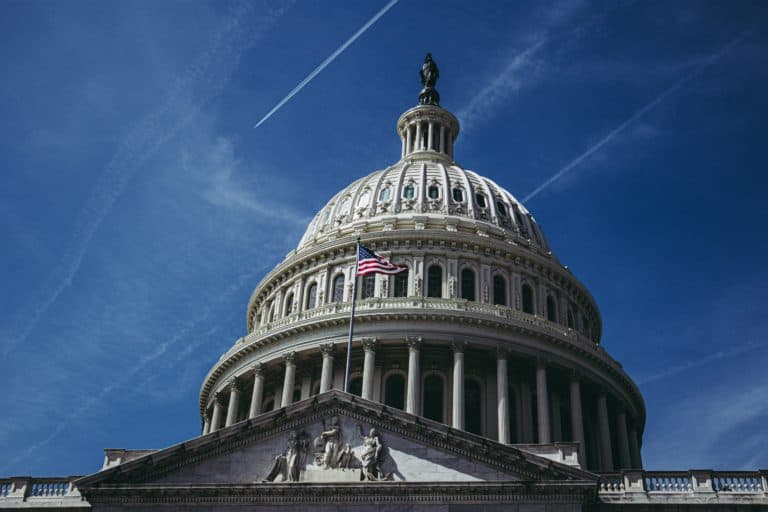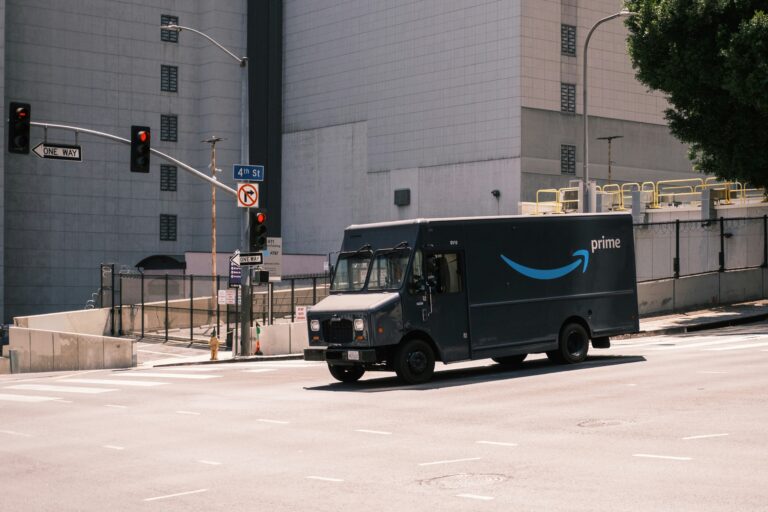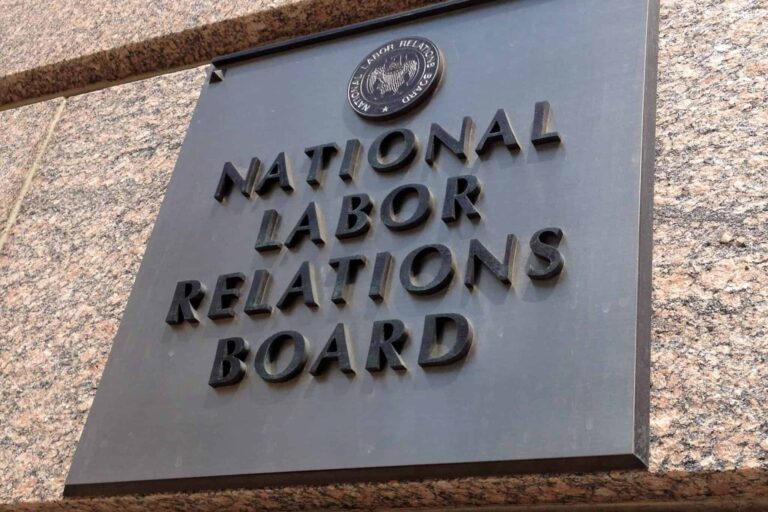
Andrew Strom is a union lawyer based in New York City. He is also an adjunct professor at Brooklyn Law School.
Long ago, the Supreme Court (with a very different set of Justices) explained that when Congress enacted the National Labor Relations Act (NLRA), it left to the National Labor Relations Board (NLRB), “the work of applying the Act’s general prohibitory language in the light of the infinite combinations of events which might be charged as violative of its terms.” The Court later held that if the Board’s “construction of the statute is reasonably defensible, it should not be rejected merely because the courts might prefer another view of the statute.” But, the New Orleans-based Fifth Circuit Court of Appeals, stacked with right-wing ideologues, plays by its own rules, as it recently demonstrated when it set aside a Board ruling that Tesla unlawfully interfered with its employees right to display union insignia at work. And, because an employer may challenge an NLRB ruling in any circuit where it does business, we can expect a lot more NLRB cases to end up at the Fifth Circuit.
The Tesla case, which arose in California, involved a challenge to Tesla’s “Team Wear” policy. The policy required production workers to wear either the black “team wear” shirts issued by Tesla, or other black t-shirts, if approved by individual supervisors. In the spring of 2017, workers began wearing black t-shirts with the United Auto Workers (UAW) logo, featuring the slogan, “Driving for a Fair Future at Tesla.” In August 2017, Tesla started enforcing its team wear rule, disciplining workers who did not wear the company issued shirts. The UAW challenged the team wear rule as an interference with the workers’ right to wear union insignia.
Back in 1945, the Supreme Court agreed with the NLRB that “prohibitions against the wearing of [union] insignia must fall as interferences with union organization.” Since then, the Board has carved out exceptions to that general rule, allowing employers to establish “special circumstances” that justify restrictions on wearing union insignia. The NLRB has found that “special circumstances” exist where necessary to maintain employee discipline, where the wearing of insignia interferes with production or raises safety concerns, or where the insignia interfere with a public image that is an integral part of the employer’s business. Tesla argued that the team wear rule enabled supervisors to “maintain visual management” of the workforce – a production manager testified that many people walk through the plant and “that’s how I know as a manager who should be there, who shouldn’t be there.” But the Administrative Law Judge found that “the black colored Tesla assigned shirts are not substantially different from the black colored UAW shirts or from the plain black colored shirts that the team wear rule allows.” Tesla further argued that it required workers to wear the company-issued shirts to guard against vehicle mutilations. While Tesla submitted evidence that there had been a recent increase in damage to vehicle seats, a Tesla supervisor admitted that the seat mutilations were caused by workers failing to use covers for the tools they carried, and not due to workers wearing unapproved t-shirts. Tesla also insisted that it did not ban workers from wearing union insignia, citing evidence that it did not discipline workers for wearing union stickers.
This should have been an easy case. The ALJ found that Tesla’s justification for enforcing the previously unenforced team wear rule was lacking – Tesla admitted that the union t-shirts did not cause seat mutilations, and the black union t-shirts did not make it harder for supervisors to visually manage workers. As for the argument that Tesla allowed union stickers, the NLRB had long held that absent “special circumstances” it is up to workers, and not employers, to decide which forms of union insignia they will display. When the case got to the full Board, the Biden appointees decided to use the case to clarify the Board’s approach to union insignia cases when an employer maintains a dress code or uniform policy. The NLRB held that a nondiscriminatory dress code or uniform policy is not an automatic defense to a charge that an employer has illegally prohibited workers from wearing clothing with a union insignia. Instead, an employer would still need to establish that “special circumstances” justify reliance on the dress code or uniform policy to bar workers from choosing how they display union insignia. In other words, if workers choose to sew a union patch on their uniforms, it wouldn’t be enough for an employer to say that the patch violates the dress code, the employer would need to explain why the patch creates a safety issue, or interferes with its public image or maintenance of discipline.
The Fifth Circuit simply skipped over the ALJ’s findings that Tesla’s justifications for banning the union t-shirts did not hold up. Instead, the court got hung up on the Board’s ruling that a uniform policy is not an automatic defense to a prohibition on wearing clothing containing a union insignia. Quoting an earlier decision, the court announced, apparently as a matter of law, that a “uniform requirement fosters discipline, promotes uniformity, encourages esprit de corps, and increases readiness and having standardized uniforms encourages the subordination of personal preferences and identities in favor of the overall group mission.” Never mind that Tesla did not assert any of these rationales for its policy.
The Fifth Circuit’s decision seems largely driven by the Board’s finding that Tesla allowed workers to wear union stickers. The NLRB probably should have placed more weight on the fact that Tesla did not advise workers who were told to remove their union t-shirts that they were allowed to wear union stickers. But, more fundamentally, whether employers who allow one form of union insignia are therefore privileged to bar other forms of union insignia is exactly the kind of policy decision that Congress delegated to the Board and not the courts. Invoking the Supreme Court’s recently invented “major questions doctrine,” the Fifth Circuit asserted that “Congress likely would not have intended to permit such a major decision without clearer statutory indication.” If “major questions” can be used to overrule an agency’s decision regarding union t-shirts, it has no stopping place. All the NLRB did was change the default for evaluating company uniform policies –requiring employers to bear the burden of showing why a policy justifies banning clothing with union insignia. The Supreme Court once observed that “[i]t is not surprising or unnatural that [an employer’s] assessment of the need for a particular practice might overcompensate its goals, and give too little weight to employee organizational interests.” Congress gave the NLRB the task of balancing those interests, and here the NLRB did that by requiring employers to show that they had a strong justification for preventing workers from wearing clothing with union insignia. The fact that other employers have offered convincing rationales for maintaining uniform policies doesn’t mean that Tesla’s policy was justified.
The judges on the Fifth Circuit clearly have their own ideas about the best ways to balance the interests of employers and workers, and as long as those judges feel free to impose those ideas, a lot more employers will run to the Fifth Circuit whenever they disagree with a ruling by the NLRB.










Daily News & Commentary
Start your day with our roundup of the latest labor developments. See all
July 9
In Today’s News and Commentary, the Supreme Court green-lights mass firings of federal workers, the Agricultural Secretary suggests Medicaid recipients can replace deported farm workers, and DHS ends Temporary Protected Status for Hondurans and Nicaraguans. In an 8-1 emergency docket decision released yesterday afternoon, the Supreme Court lifted an injunction by U.S. District Judge Susan […]
July 8
In today’s news and commentary, Apple wins at the Fifth Circuit against the NLRB, Florida enacts a noncompete-friendly law, and complications with the No Tax on Tips in the Big Beautiful Bill. Apple won an appeal overturning a National Labor Relations Board (NLRB) decision that the company violated labor law by coercively questioning an employee […]
July 7
LA economy deals with fallout from ICE raids; a new appeal challenges the NCAA antitrust settlement; and the EPA places dissenting employees on leave.
July 6
Municipal workers in Philadelphia continue to strike; Zohran Mamdani collects union endorsements; UFCW grocery workers in California and Colorado reach tentative agreements.
July 4
The DOL scraps a Biden-era proposed rule to end subminimum wages for disabled workers; millions will lose access to Medicaid and SNAP due to new proof of work requirements; and states step up in the noncompete policy space.
July 3
California compromises with unions on housing; 11th Circuit rules against transgender teacher; Harvard removes hundreds from grad student union.